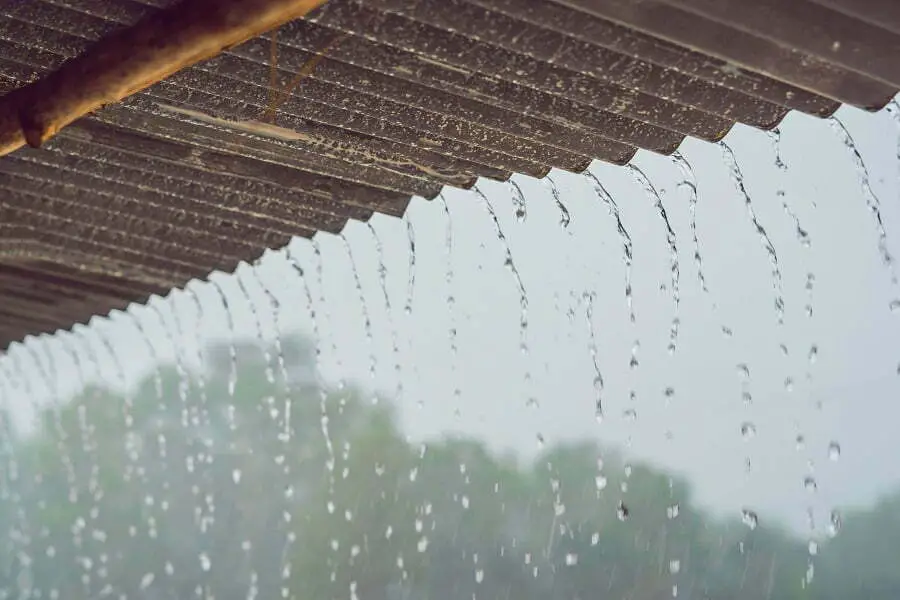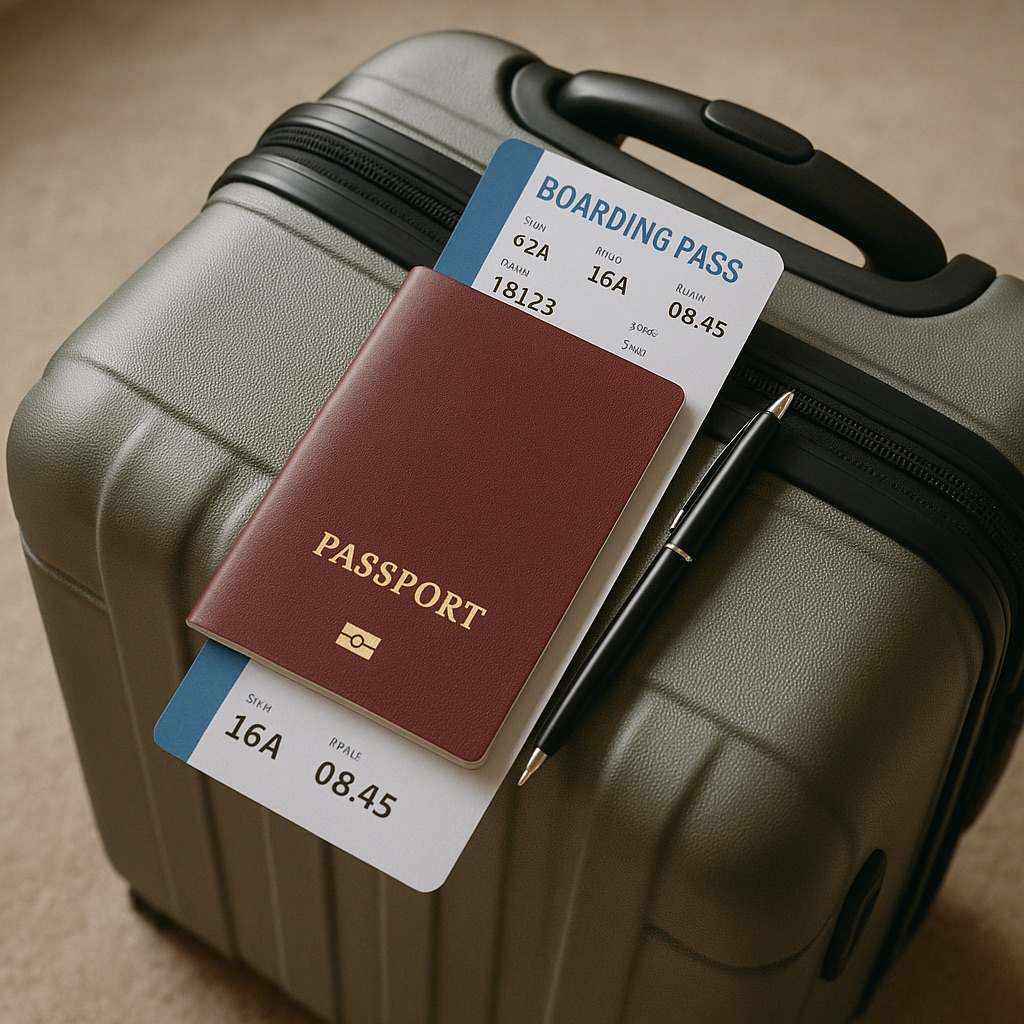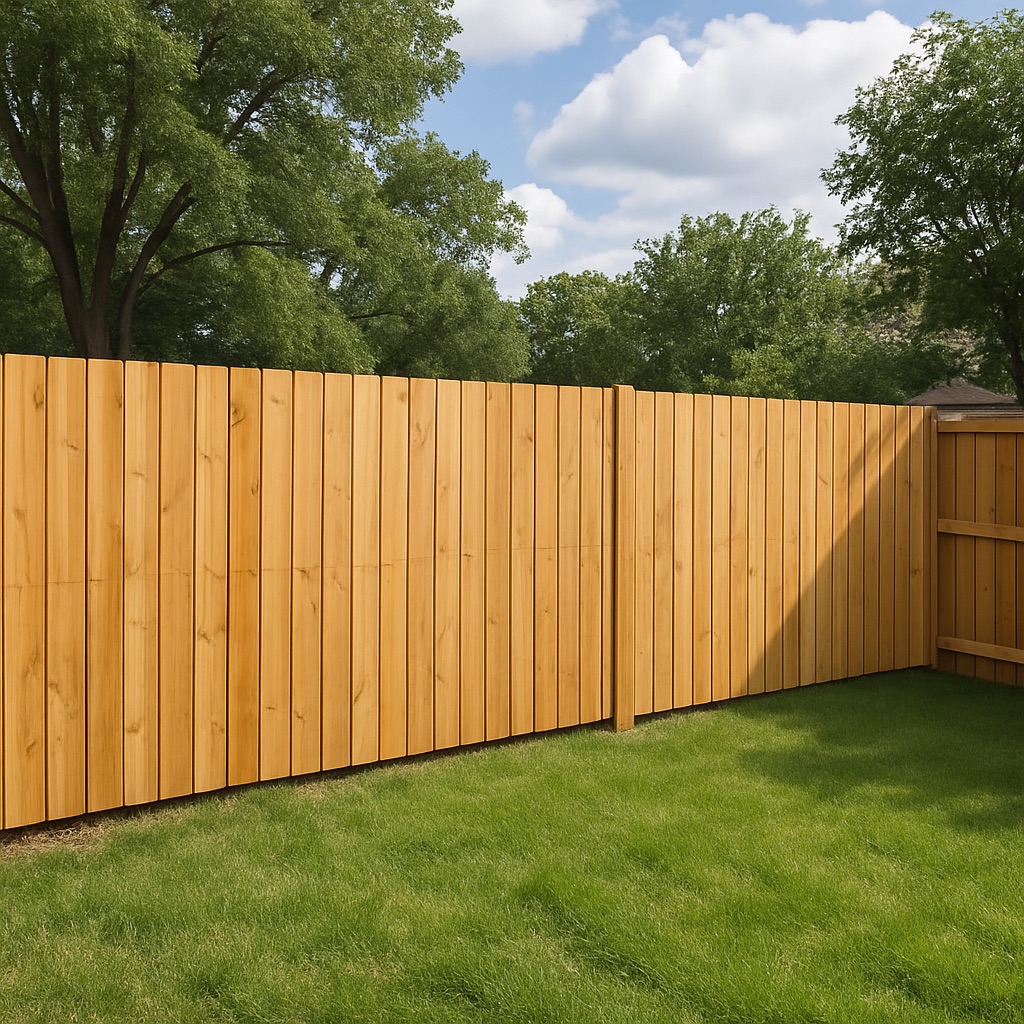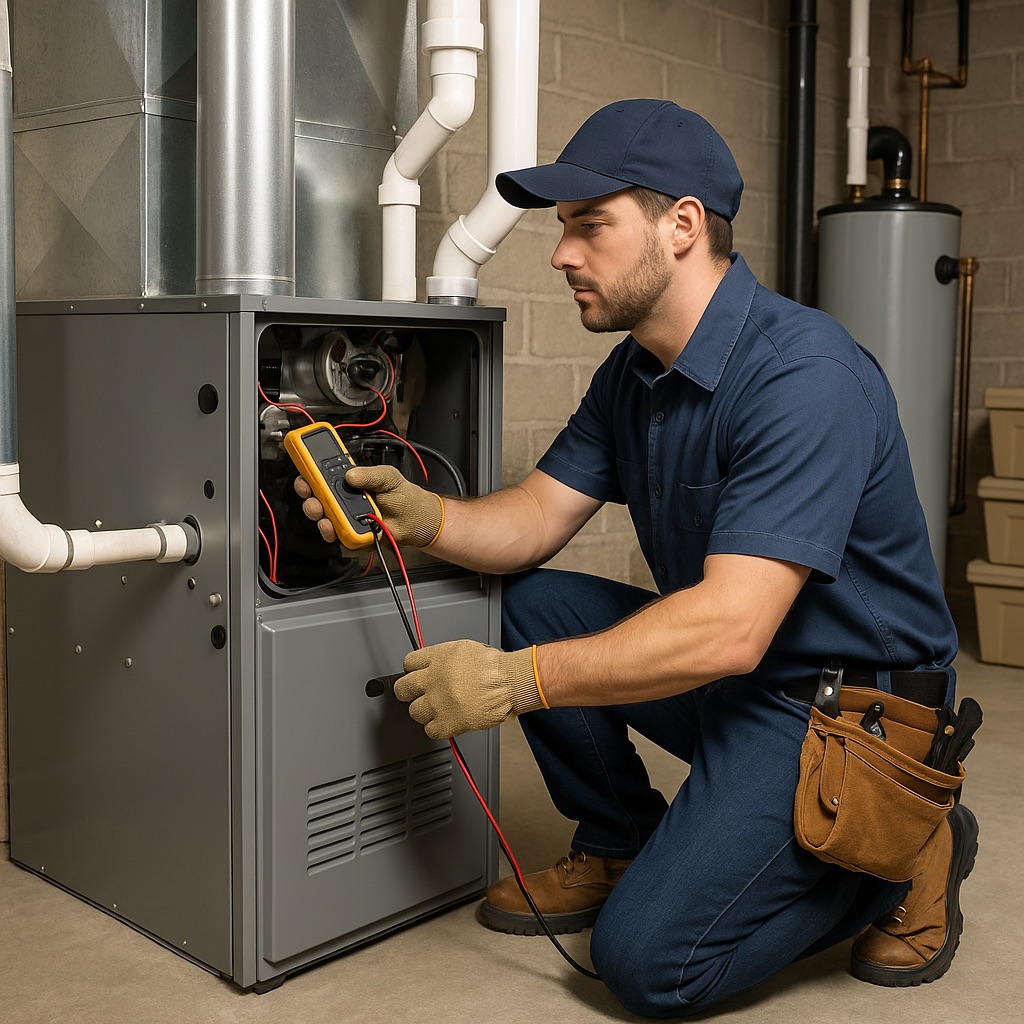Last updated on
Water is one of the most important elements on Earth. It is necessary for human survival, and it is also used to help sustain plant life. However, too much water can be a bad thing, as anyone who has lived in a hurricane zone can attest to.
If your home is susceptible to flooding, then you need to take steps to direct the water away from your property. Let’s discuss some of the best ways to do that!
Table of Contents
Understand the Basics of Atmospheric Water

To start, it’s important to understand the basics of atmospheric water. Atmospheric water is simply water that exists in the air as vapor. This vapor can come from a variety of sources, including evaporation from bodies of water, transpiration from plants, and even your own breath.
Atmospheric water can exist in different forms depending on the temperature. If the air is cold, the water vapor will condense and form clouds. If the air is warm, however, the water vapor will remain a gas.
When atmospheric water condenses into clouds, it eventually falls back down to Earth as precipitation. This can take the form of rain, snow, sleet, or hail.
As precipitation falls, it can often be directed away from homes using a variety of methods. Some of these methods are listed below.
- Trees and shrubs can act as barriers to help deflect precipitation away from your home.
- Gutters and downspouts can be used to collect and redirect precipitation away from your home.
- Drainage systems can be used to channel precipitation away from your home.
By using one or more of these methods, you can help keep your home dry and free of water damage.
Identify Where the Water Is Coming From and How to Stop It
When it comes to atmospheric water, there are a few ways it can get into your home:
- Rain and snow melting on your roof and flowing down your gutters and into your basement or crawl space
- Water seeping through cracks in your foundation
- Humidity from the air condensing on cold surfaces like ductwork, windows, or pipes
If you can identify where the water is coming from, you can take steps to prevent it from getting into your home in the first place.
For example, if rain and snow are melting on your roof and flowing into your basement, that probably means your gutters are working against you, about which you can find more out here.
Also, check your foundation for cracks and have them repaired as soon as possible. Finally, make sure to keep an eye on humidity levels in your home and take steps to reduce them if necessary.
Consider Hiring a Professional to Help You with Your Specific Situation
You may want to consider hiring a professional if you have a large area that needs to be covered or if you feel overwhelmed with the task. A professional can assess your situation and recommend the best course of action.
Hiring a professional is an investment, but it may be worth it in the long run. You will have peace of mind knowing that the job is being done correctly, and you will be able to enjoy your property more.
If you decide to hire a professional, make sure to do your research. Ask for referrals from friends or family members who have used similar services.
Keep Your Home in Good Condition So That the Problem Doesn’t Persist
One of the best ways to ensure that you won’t have issues with water seeping into your home is to keep up with maintenance and repairs. If you have any cracks in your foundation, it’s important to get them fixed as soon as possible.
You should also check your gutters and make sure that they’re clean and clear of any debris. By taking these preventive measures, you can help to ensure that water won’t have a way to get into your home.
Educate Yourself on Ways to Prevent This Issue from Happening Again in the Future
Of course, you’ll want to do what you can to prevent this issue from happening again in the future. Part of that will likely involve making some changes to the way your property is landscaped. But, it’s also important that you educate yourself on the topic so that you can be proactive about preventing water damage in the future.
Lastly, you can see that there are a few key ways to direct atmospheric water away from your home. By understanding the natural lay of the land and working with it, you can ensure that your home is safe from flooding.
In addition, installing proper drainage systems and keeping them clear can also help to keep your home dry during wet weather. Finally, paying attention to the forecast and taking action before a storm hits can help you avoid damage to your home from heavy rains. By following these tips, you can help keep your home safe and dry during wet weather.




